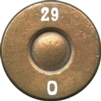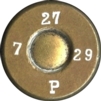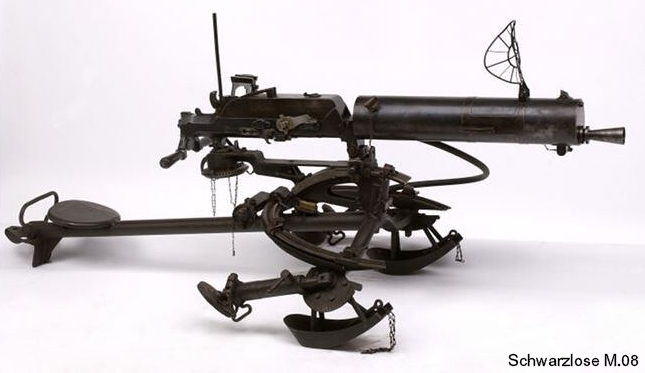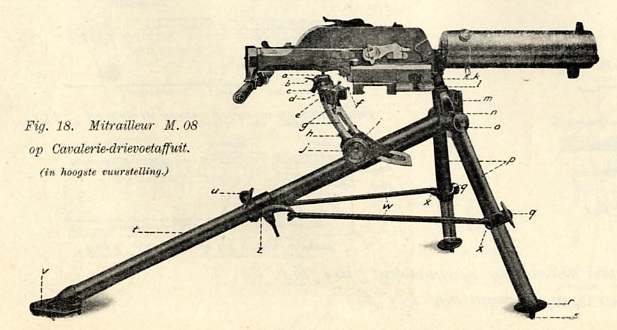
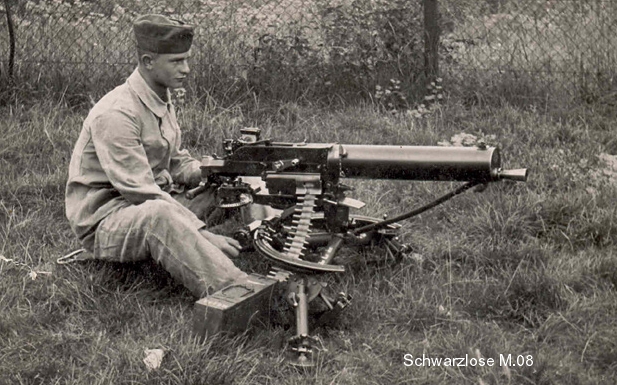
During 1900 the Dutch put together a commission to study and evaluate the procurement of machine guns for the Dutch Military. Extensive test were performed with a variety of guns available and in the end, the most cost effective gun was selected by the Commission, namely the Schwarzlose machinegun. It was designed by the German Andreas Schwarzlose and was munufacturd by the Oesterreichische Waffenfabrik Gesellschaft in Steyr, Austria and in 1908 the Dutch Ministry of Defence decided on the purchase of the Schwarlose M.08 machine gun for the Dutch army, being the year of introduction. The original guns were ordered in Caliber 6.5x53R M.95 Mannlicher in an effort to standardise the ammunition, not a bad call neccessarily. As a result of supply issues by Austria during WW1, the Dutch produced the guns under licence at their own Artillerie Inrichting factory.
During conflicts in the Netherlands East Indies, the Dutch gained some battle experience and found out two things; firstly being under-gunned in a conflict is bad for troop morale, and secondly – on a more practical level – it was difficult to reliably produce tracer and armor piercing ammunition in the smaller diameter 6.5mm cartridge. A new commission was called to review the situation after complaints about insufficient stopping power of the M.95 by field-commanders. The commission decided to keep the rifles as M.95 Mannlicher, but to change machine guns to a 7,9mm caliber. The new 7.9x57R caliber was designated the ‘Scherpe Patroon No. 23’ and was adopted in 1925. This new caliber retained the base and rim diameter of the M.95 Mannlicher cartridge but with the German length (57mm) and a German “S” (Pointed) projectile. This cartridge was only used by the Dutch.
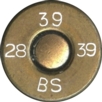

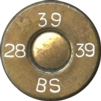

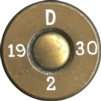

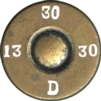

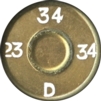

The following is from an ECRA newsletter (380-20 – January 1997 by P.M.A Slootweg, V.M Cozijn and M.J Slootweg) detailing the history of the Dordrecht factory.
The archives relating to the production figures and orders of the ‘N.V. Nederlandsche Patronen-, Slaghoedjes-en Metaalwarenfabriek’ in Dordrecht have not yet been traced. In the archives of the former ‘Artillerie Inrichtengen’ at the Hembrug in Zaandam we found some correspondence and Inspection Directions about deliveries of small arms ammunition to the different services of the armed forces by the Dordrecht ammunition factory. The earliest contacts known to us are from 1929, the Department of Defence was investigating the possibility and willingness of private industries to produce the “Scherpe Patroon No.23 ” (the 7.9 x 57R cartridge) in case of a threat of war. The Department inquired about the possibility of the Dordrecht factory producing 5,000,000 rounds of 7.9 x 57R cartridges from components supplied by the State Arsenal. These components were brass cups to make the cases, nickel plated sheet-steel cups to make the bullets and packing materials. Primers and powder were to be supplied by the ‘Nederlandsche Springstoffenfabriek’.
The Dordrecht management was willing to accept the order. This data, together with … (photographs shown in the original article)… and the licence issued, prove that the factory was capable of producing complete rounds. The inspection directions relating to the order of 5.000.000 rounds state that there would be two shipments of 2.500.000 round each. These would have had the headstamps ‘D 29 D1 VI ‘ and ‘D 29 D2 VI ‘. These headstamps differ from the official headstamps as described in the inspection demands. The mark which usually indicates the year of manufacture of the case shown at 12 o’clock is replaced by the letter ‘D’ {Dordrecht} and a serial number of shipment is added to the mark for the brass supplier (a letter at 6 o’clock).
On the 7th November 1929 the order for 5 million rounds was convened into a contract for a total of 10,000,000 rounds, to be delivered in four lots of 2,500,000 each having the headstamps ‘D 29 1 19 ‘, ‘D 29 2 19’, ‘D 29 3 19 ‘ and ‘D 29 4 19’. These were to be made by Dordrecht without the delivery of components from the State Arsenal, but with powder still supplied by the ‘N.’-F. Nederlandsche Springstoffenfabriek‘. On the 20th February 1930 another order for 5,000,000 was placed, using headstamps ‘D 30 1 19 ‘ and ‘D 30 2 19’. According to the box labels, 29/2 was made in November 1929. 29/3 and 29/4 were made in December 1929 and 30/1 and 30/2 in June 1930. These different headstamps are only found on cartridges made in the Dordrecht factory in 1929 and 1930 and delivered to the Dutch State under contract (the 7.9 x 57R cartridge was manufactured and in use between 1926 and 1940).
The headstamp markings are as follows:
12 o’clock Year of case manufacture
3 o’clock Year of assembly of cartridge
6 o’clock Brass supplier
9 o’clock Powder shipment number of complete cartridge
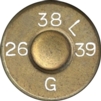
 L- Ligspoor (Tracer)
L- Ligspoor (Tracer)
